Emergence
Most software development these days is a design and discovery process. We have a notion of what we want or need, but we’re learning about the actual solution as we go along. And here’s the really difficult bit – the thing we build in an attempt to figure out what the thing should be changes the thing itself. In other words, the actions we take in an attempt to figure out the solution change the solution. Software products are necessarily emergent – we not only don’t know what we precisely need to build, but the need shifts as we attempt to figure it out.
Emergent contexts are complex and complexity is best managed by diverse groups of experienced individuals working together. They need to work together to interpret the outcomes of their efforts and decide what to try next. They need to leverage their collective knowledge - the amalgamation of all their perspectives - in order to make well-informed decisions.
A bad environment will beat a good team every time.
Putting people on a team or in a room, providing them some tools, and telling them to experiment together is not enough. Experiment canvases, collaboration contracts, parallel thinking, and liberating structures are all helpful, but they are insufficient. Just as a bad system will beat a good person every time, a bad environment will beat a good team every time. The environment needs to genuinely cultivate creativity.
Cultivating a creative environment
Creativity flourishes in the right kind of environment. This isn’t about motivational posters or slogans. This isn’t about being nice or giving people perks. A creative environment has specific attributes that allow teams to perform at their best when working together on complex problems.
To cultivate creativity, you must create an environment of autonomy, connection, excellence, and diversity.
Autonomy
As pertains to the individual, autonomy is about having a voice in the decisions that impact one’s life and the freedom to choose a different course. As pertains to the collective, autonomy is the right to self-organize and self-govern. In a corporate environment, autonomy means leaving the decisions about how work is done to those who actually do the work.
Some ideas for fostering autonomy as a leader
Facilitate team decision-making over making the decision yourself
Give teams problems to solve over solutions to implement
Favor guidelines over procedures
Embrace different ways of working as opportunities to learn
Encourage teams to experiment with the way they work
Focus on responsibilities over roles
Use intent-based leadership (see Related Materials)
Observe success at the teams and share broadly to converge on standards
Avoid establishing standards and pushing them onto the teams
Use Collaboration Contracts to allow people to opt-in/out
Flatten hierarchies
Establish vibrant Communities of Practice
Conversation over Presentation
Make internal transfers easy
Connection
Connection is internal and external. Connection is what makes a community. Internally, organizations need cohesion within and between all teams; one collective, united toward a common cause. External connection is engagement with a community through sincere dialogue and contribution, where bolstering your brand is a side effect, not a primary objective.
Some ideas for fostering connection as a leader
Establish a compelling why
Purposeful, clear, and possible
Establish vibrant Communities of Practice
Conversation over Presentation
Ensure these are run by the community, for the community
Reward teams over individuals
Make collaboration the norm
Make it easy to appreciate one another
Excellence
Excellence is about both personal mastery and the quality of the product we produce. To achieve excellence, teams and individuals must be adequately challenged and be able to see true progress toward a goal they aspire to.
Some ideas for fostering excellence as a leader
Establish a compelling what
Impactful and aspirational
Make sure work is challenging
Difficult but possible
Measure and share progress often
Encourage teams to measure for themselves to inform their experiments
Do not set targets for metrics or admonish teams for measurements
Acknowledge behaviors and impact over praising characteristics
“I see you inviting dissent. This helps the team feel safe in speaking up and makes sure we have thought deeply about the problem.”
OVER
“You’re being a good leader when you invite dissent.”
Focus on outcomes over outputs
Excellence in execution over everything else
Crufty code kills progress
Planning and design are important
But they should be secondary to technical excellence, not the other way around
Teams own their solution from concept through sunset, including support
If you reward fire-fighting, you breed arsonists
Celebrate excellence in the day-to-day - reliable is sexy
Diversity
Diversity is about creating a team capable of solving complex problems. The diversity we need, the diversity that makes a significant difference in the creation and interpretation of experiments in a complex environment, is diversity of thought. A small group of individuals from varying backgrounds with differing perspectives and specialties working together are capable of generating more options and considering more alternatives than a team of experts with similar backgrounds and expertise.
Some ideas for fostering diversity as a leader
Hire for culture add, not fit
What are you missing over what is similar
Use interview loops comprised of diverse members
Remove gendered/ableist phrases from job postings
Invite dissent
“What am I missing?” over “Does that make sense?”
Use Parallel Thinking
Use Divergence and Convergence
Think about it alone, then work it through together
Do not tolerate assholes, no matter how brilliant
Related Materials
Contextual Leadership - https://onbelay.co/articles/2017/11/18/contextual-leadership - Blog on Cynefin (sense-making) and leadership styles
Video - https://www.youtube.com/watch?v=wbJv2mxxqEs - A walk-through of Cynefin
Interview - https://innoroo.com/blog/2017/10/17/interview-with-doc-norton/ - Discussion on Collaboration and Leadership
Turn the Ship Around - https://www.amazon.com/Turn-Ship-Around-Turning-Followers/dp/B08V4TFFCK/ - Story of Intent-Based leadership

